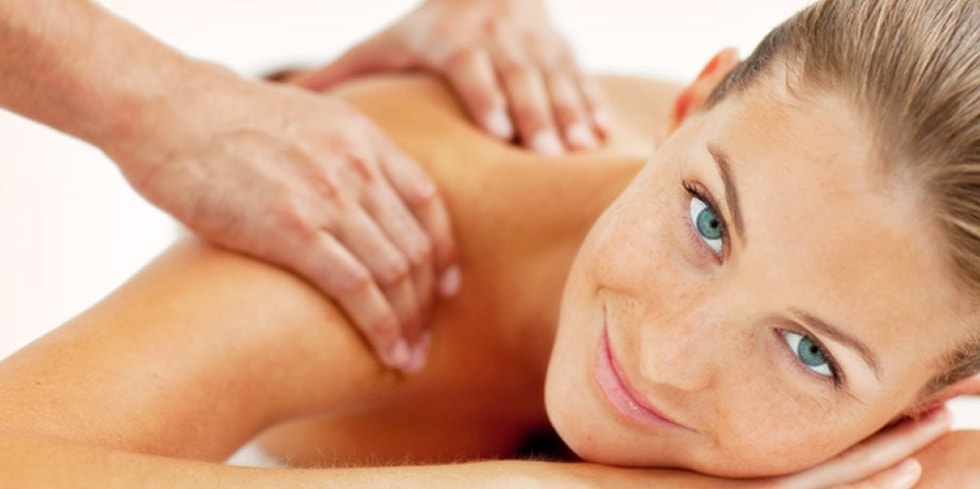The osteopath, the body’s clockmaker, uses his hands in different ways to establish an osteopathic diagnosis and deliver a treatment.
The osteopath will conduct an osteopathic check-up. He will link all the information the patient gives him about his history (accidents, medical history, etc.) with a physical exam. After this check-up, treatment will take place in order to harmonize the way the body functions and to avoid the recurrence of pain.
The treatment is adapted to the age and morphology of the patient. The osteopath is able to help a pregnant woman during and after pregnancy, babies, children, adults, the elderly and athletes, be they professional or amateur. Osteopathic treatment is harmless, it aims to prevent damage and heal current problems, but it cannot heal everything. It works in synergy with allopathic medicine, but is not suitable for treating treat illness such as: cancer, degenerative, genetic, infectious diseases or mental illness, nor fractures or dislocations.
Osteopathy works on joints and muscular structures (feet, ankles, knees, hips, hands, wrists, elbows, shoulders, skull, spine) or tissue structures (digestive, neurological, cardio-pulmonary, connective tissue, etc.).
When patients come with functional pain disorders, the osteopath observes and evaluate show the patient walks, the effects of work or sport practices on the body. After physical examination, some mobility restrictions will be revealed, and the osteopath will treat these dysfunctions or the major systems in the body. He will pay attention to the effects of stress, burnout or any shocks that disturb the body’s balance.




